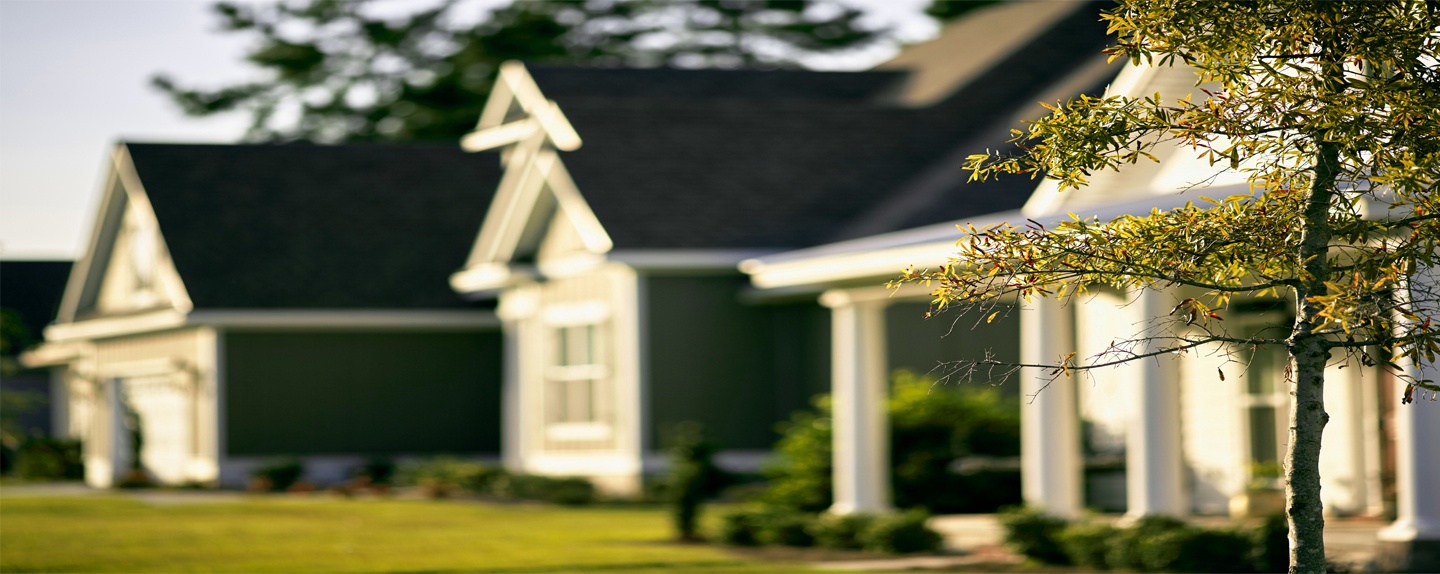Maintaining a lush, healthy lawn requires more than just regular mowing and watering. Two essential practices that can significantly improve the health and appearance of your lawn are aeration and overseeding. These processes ensure your grass gets the nutrients, air, and space it needs to thrive. Here’s why aeration and overseeding are crucial for a vibrant lawn.
The Benefits of Aeration
Aeration involves perforating the soil with small holes to allow air, water, and nutrients to penetrate the grass roots. This process helps alleviate soil compaction, which can restrict the flow of essential elements to the grass. Here’s why aeration is important:
- Improves Root Growth: By loosening compacted soil, aeration promotes deeper root growth, resulting in stronger and healthier grass.
- Enhances Nutrient Uptake: The holes created by aeration allow fertilizers to reach the root zone more effectively, optimizing nutrient uptake.
- Reduces Thatch Buildup: Thatch is a layer of dead grass and organic matter that can suffocate the lawn. Aeration helps break down thatch, improving the lawn’s overall health.
- Increases Water Infiltration: Aeration improves soil structure, enhancing water absorption and reducing runoff.
The Importance of Overseeding
Overseeding involves spreading new grass seed over your existing lawn to fill in bare spots and improve the lawn's density. This process is particularly beneficial for lawns that have thinned out over time. Here’s why overseeding is essential:
- Fills in Bare Spots: Overseeding helps cover bare or thin patches, leading to a more uniform and attractive lawn.
- Enhances Grass Variety: Introducing new grass varieties can make your lawn more resilient to diseases, pests, and varying weather conditions.
- Improves Lawn Density: A denser lawn is more effective at crowding out weeds, reducing the need for chemical weed control.
- Boosts Aesthetic Appeal: Overseeding can restore the lush, green appearance of your lawn, enhancing your home’s curb appeal.
Best Practices for Aeration and Overseeding
- Timing: The best time for aeration and overseeding is during the growing seasons—early fall and spring. This allows grass to recover and grow vigorously.
- Proper Equipment: Use a core aerator for effective aeration. For overseeding, a broadcast spreader ensures even distribution of seeds.
- Follow-Up Care: After aerating and overseeding, keep the soil moist to encourage seed germination. Avoid heavy foot traffic to allow the new grass to establish.
Aeration and overseeding are critical lawn care practices that can transform your lawn, making it healthier, denser, and more resilient. By incorporating these techniques into your lawn care routine, you’ll enjoy a greener, more robust lawn that enhances the beauty and value of your property. Happy gardening!

